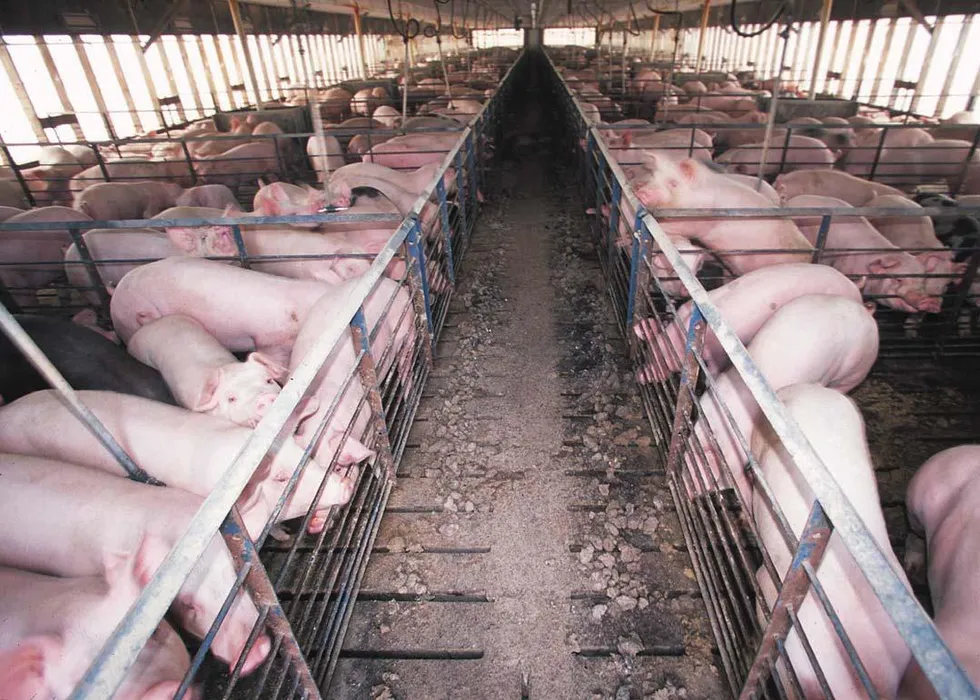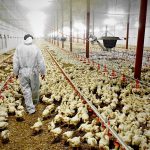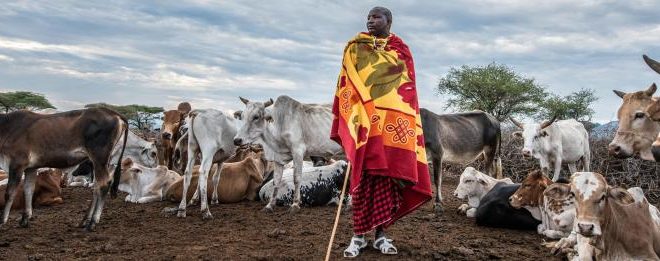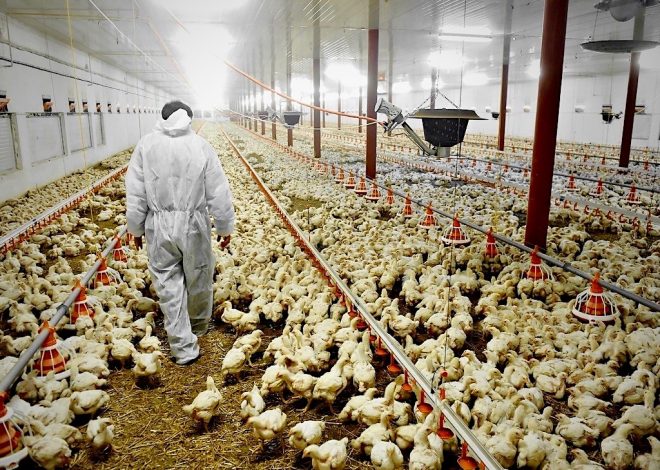
U.S. Environmental Protection Agency Contemplates Strengthening Regulation of Livestock Farm Pollution
In a significant development, the U.S. Environmental Protection Agency (EPA) is actively exploring measures to enhance regulatory oversight of pollution from livestock farms. This article delves into the considerations, implications, and potential benefits of such regulatory strengthening in the context of environmental protection and sustainable agriculture.
- Current Challenges in Livestock Farm Pollution: Livestock farming, while essential for meeting global food demand, has posed environmental challenges, including nutrient runoff, air pollution, and the generation of large quantities of animal waste. These issues have raised concerns about water quality, air quality, and the overall ecological impact of intensive farming practices.
- EPA’s Role and Regulatory Landscape: The EPA plays a pivotal role in safeguarding the environment and public health. Historically, regulations addressing pollution from livestock operations have focused on issues such as the Clean Water Act, Clean Air Act, and regulations related to concentrated animal feeding operations (CAFOs). However, the EPA is now considering revisiting and potentially strengthening these regulations to address emerging environmental challenges.
- Nutrient Management and Water Quality: Nutrient runoff from livestock farms, particularly excess nitrogen and phosphorus, has been linked to water quality degradation. Strengthening regulations could involve implementing more rigorous nutrient management practices, precision agriculture techniques, and monitoring systems to mitigate the impact on water ecosystems.
- Air Quality and Emission Control: Livestock operations are known sources of air pollutants, including ammonia and methane. Tightening regulations may involve the adoption of technologies and practices to control emissions, such as improved waste management, methane capture systems, and the promotion of alternative energy sources.
- Innovative Technologies and Best Practices: The EPA’s contemplation of strengthened regulations creates an opportunity for the promotion of innovative technologies and best practices in the livestock industry. From advanced waste treatment technologies to sustainable farming practices, the industry may witness a shift towards more environmentally friendly and efficient approaches.
- Industry Collaboration and Compliance: Collaboration between the EPA, agricultural stakeholders, and the livestock industry is crucial for the successful implementation of strengthened regulations. Engaging farmers in the development of practical and effective solutions, providing incentives for sustainable practices, and ensuring compliance through education and outreach programs are key components of a successful regulatory framework.
- Benefits to Environmental Sustainability: Strengthening regulations on livestock farm pollution holds the potential to significantly enhance environmental sustainability. Improved water and air quality, reduced ecological impact, and the promotion of sustainable agricultural practices contribute to a healthier and more resilient environment for both current and future generations.
Conclusion: The EPA’s consideration of strengthening regulations on livestock farm pollution reflects a commitment to balancing the essential role of livestock farming in food production with the imperative of environmental protection. As the regulatory landscape evolves, collaboration, innovation, and a shared commitment to sustainable practices are vital for achieving a harmonious balance between agricultural productivity and environmental stewardship.










